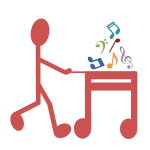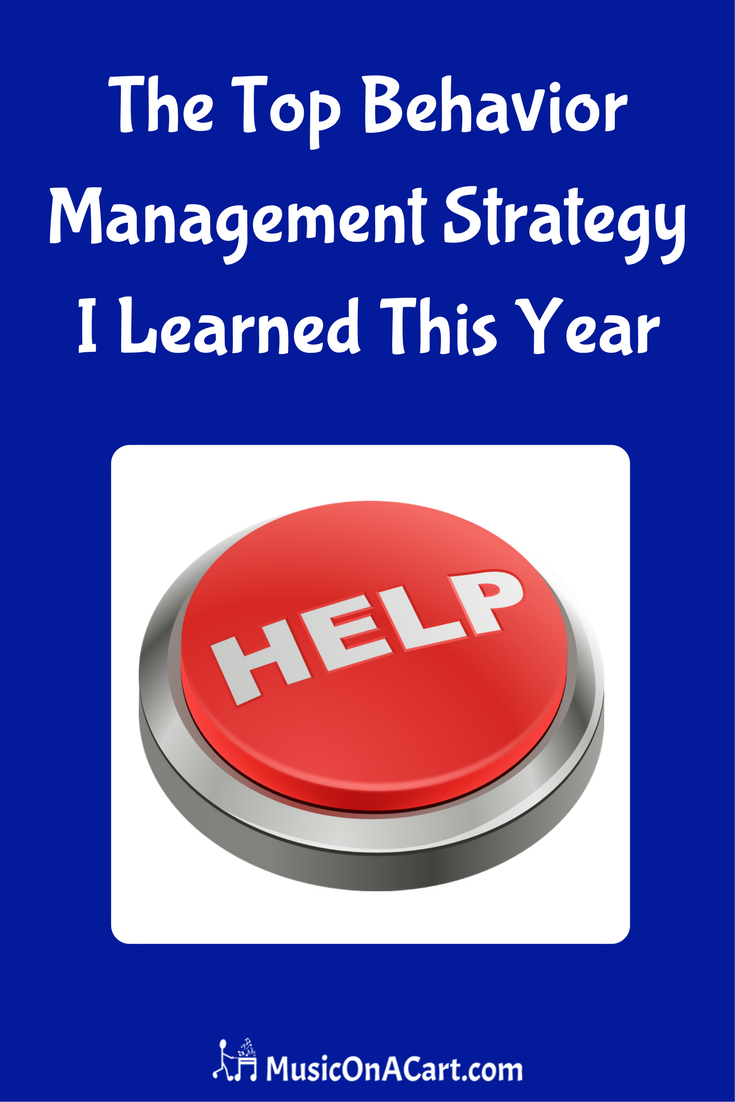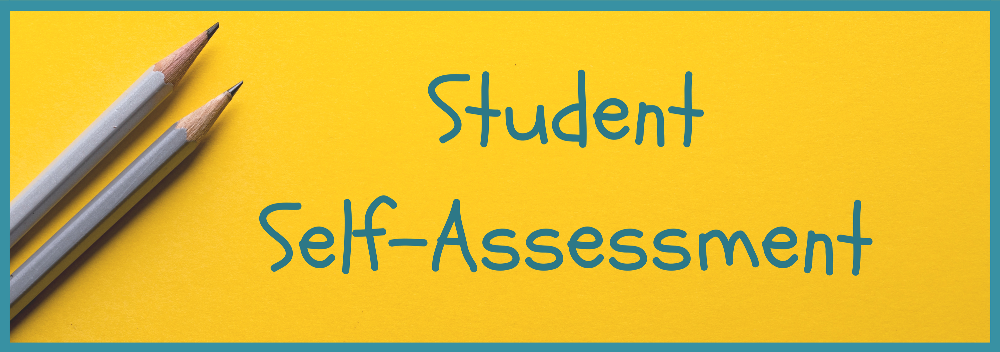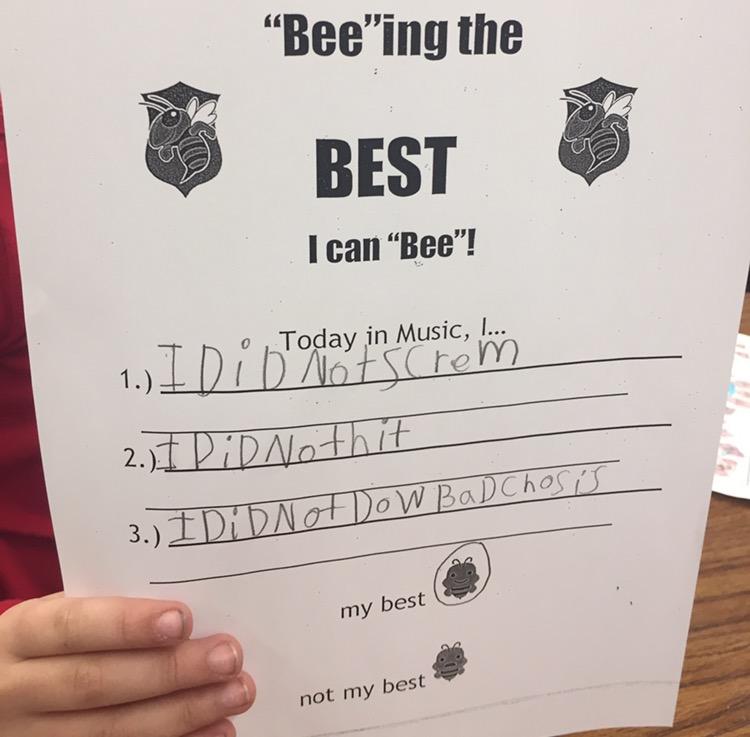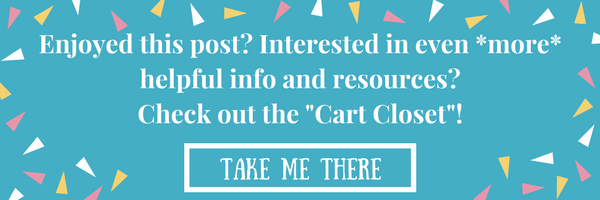This has been a very interesting school year. Out of my 10+ years teaching elementary music, this was the first year that I was challenged with all sorts of behavioral issues. And not with just a few classes or one grade level, but at every single grade level that I teach (with the exception of preschool...those little 3 and 4 year olds really had it together!). I’ve truly been stretched and challenged as an educator in attempting to find various systems, strategies, and ways in which to establish, restore, and/or reiterate proper classroom behavior. As I reflect back on this school year and the strategies I've tried, I noticed that there was a common thread. And that’s what I’d like to discuss today.
Now, I’m not saying that this is a magical strategic tool that will instantaneously fix every single behavior issue you’ll face in your classroom (but hey, if you ever find that magical strategy, please let me know), yet as the school year rolled on, I found that this helped….a lot. Simply put, what I’m talking about is this:
For several years, I’ve utilized an informal form of student self-assessment by having students rate themselves with a "thumb check" while I asked different self-reflection questions at the end of each music class. However, this year it just wasn’t enough and waiting until the very end of a 45 minute class period to self-assess was waaaay too long a gap between behavior and reflection. I also found myself getting bogged down after school in extra paperwork, documenting and relaying to classroom teachers, parents, and sometimes the principal the behaviors that occurred in class that day. Not to mention feeling mentally and emotionally bogged down as well at the end of each day. I needed to try something different and I decided I would sacrifice some of my music instruction time to do it.
I already mentioned that I have my students self-assess via thumb checks at the conclusion of each music class. Quick side note: Another alternative is a number system where, for example, a student shows 1, 2, or 3 fingers based on how well they feel they did, but I like the thumbs version as it’s very straightforward and easy for them to remember. The questions I’d ask for these thumb checks at the end of a music class might sound like this:
- Did you use your best singing voice today?
- Was your body in control during our movement activity?
- Did you remember to raise your hand if you had something to share?
- How was your listening when someone else was speaking?
- Overall, did you try your absolute best today?
After each question, I’d pause and allow students to reflect and rate themselves by putting their “thumb to tummy” so that they weren’t concerned with other people looking at them, and 99% of the time my students honestly reflected their behavior. In an effort to try something new, I first decided that a few select classes needed to go through this self-assessment more often.
Like, at-the-end-of-each-and-every-activity-we-did often.
At first, I was frustrated that it interrupted the flow of activities that I preferred to have, especially with being on a cart and time’s already at a premium. But in the case of these classes, it was necessary. And to my surprise, the interruption was a GOOD thing because it enabled the class to reset themselves if they were getting too out of hand. As the weeks went by and they improved, the self-checks became less frequent (or when a tough day arose, I increased it temporarily). I did this with kindergarten, 1st, and 2nd grade classes at various points of the year.
Now for some classes (some of my 1st graders in particular), even pausing to self-check after each activity wasn’t enough. They needed to further understand, acknowledge, and own their actions. So I formulated a simple worksheet and cut short my lessons so there was at least 10 minutes toward the end for them to spend in self-reflection. At the top of the worksheet was the last line of the school pledge (the pledge in its entirety is posted in each classroom and spoken aloud by students every morning), followed by blank lines for students to write 3 things that they did during music class that aligned or didn’t align with the school pledge and music class rules. To help hone their focus, I would often list example prompts on the board of what they could briefly reflect and write about, depending on the music activities for that day:
- How was my voice?
- How did I play my xylophone part?
- Did I keep my hands to myself?
The bottom of the worksheet contained happy and sad faced bees (our school mascot) for them to circle. I would also use these self-assessment papers as leverage during the lesson to help foster positive behavior choices:
“That was fantastic singing! Keep it up so you can write that on your paper later!”
OR
“Oh, it would be so great if you could write later on that you kept your body in control today...come on, you can do it!”
And little by little, things got better. I had to chuckle one day when, after several rough months, one of my particularly difficult students had a great day and proudly wrote this:
During those 10 minutes of self-assessment, I’d circulate around the room, silently read their answers, and have a very brief one-on-one chat with each student (quietly so no one else nearby hears) about the choices and actions they made that day in music. For some classes, once the teacher returned to the classroom, students would hold up their paper and the teacher would give a quick glance and offer an overall comment about the reflections as a whole (and when the comment was positive, boy would we play it up and make a big deal of it!). However, every single time, I required that they put the self-reflection papers in their take-home folders to bring home. If the situation warranted it, I would write a note on the paper asking parents to sign that they’ve read their child’s self-assessment and have it returned back to school the next day. This really helped alleviate a LOT of extra time on my part documenting individual behaviors and helped to alleviate the defensiveness that some parents had because it was their own child who was confessing in their own handwriting how they did in class that day, for better or for worse. The classroom teachers also appreciated it as it gave them an idea of how their students did and they appreciated the extra support in reiterating positive behavior and addressing the negative.
For my upper elementary students (3rd and 4th graders), the above self-reflection sheet I made was too simplistic. Thankfully, I found a really AMAZING self-assessment rubric created by Jessica Zannini, creator of the website "Notes from the Portable." Do yourself a favor and go there now to download it for free! Although it was formulated for the regular ed. classroom, I found that the behavior checks listed spoke perfectly to what I kept reiterating during music class. Again, I left 10 minutes towards the end of the class period for filling out these rubrics (I used the 3 smiley rubric she created, but there's also a more detailed, numbered rubric in the downloadable packet) along with answering the questions on the reverse side, reminding them that although it’s worded to have them reflect on their day/week in school, they’re only reflecting and filling it out regarding how they did in music class that day. And just like my lower elementary classes, I circulated around the classroom to individually speak to each student about their rubric rating. Taking their papers home was optional unless I wrote my own remarks on the line given for teacher comments or circled the sentence on the bottom that stated they had to have it signed by a parent and brought back the next day. The classroom teacher would place it in my mailbox when the student brought it back the next day, but I preferred (as much as possible) to go the student myself before school or during homeroom to follow up face-to-face, collect their paper, and speak with them the next day. This wasn't limited to only negative behaviors, though. If a student had a spectacular day or did something great in music, I would write a comment in the teacher's spot and circle for the paper to go home and get signed so their parent would know how well they did that day.
Now was this a magical formula that solved all my crazy classroom behavior issues? Unfortunately not...BUT, I found that as I consistently followed through, at the expense of some instructional time, it made a difference in helping them recognize and take more personal ownership of the behaviors they exhibited during class. And really, such a time for teaching personal self-assessment and reflection IS an important part of life and learning anyway...so in actuality, it’s not time wasted, but time invested. Having students write down and then read for themselves in black and white their behavior choices helped them to see patterns and trends from week to week (and teachers and parents were able to see it, too) and my speaking to each individual student, helping them hash out and talk out their choice of actions that day, helped reinforce the personal ownership aspect along with the fact that I was on their side, cheering them on to do great things, but the decision was theirs as to how they would choose to behave.
*Sigh* A tough year indeed, but still a fruitful one...for both my students and for myself. In future blog posts, I'll discuss the myriad of other strategies and classroom management techniques I utilized in conjunction with the above, but this one was the biggest change I've tried implementing so far in my classes this year, so I wanted to share it first. Have you had any successful strategies that you’ve tried in your music classes? Have you had to sacrifice classroom time to reset or reinforce proper classroom behavior? Please tell me that I’m not alone and leave some nuggets of your wisdom in the comments below!
Encouraging you to rock as you roll,
Connect:
